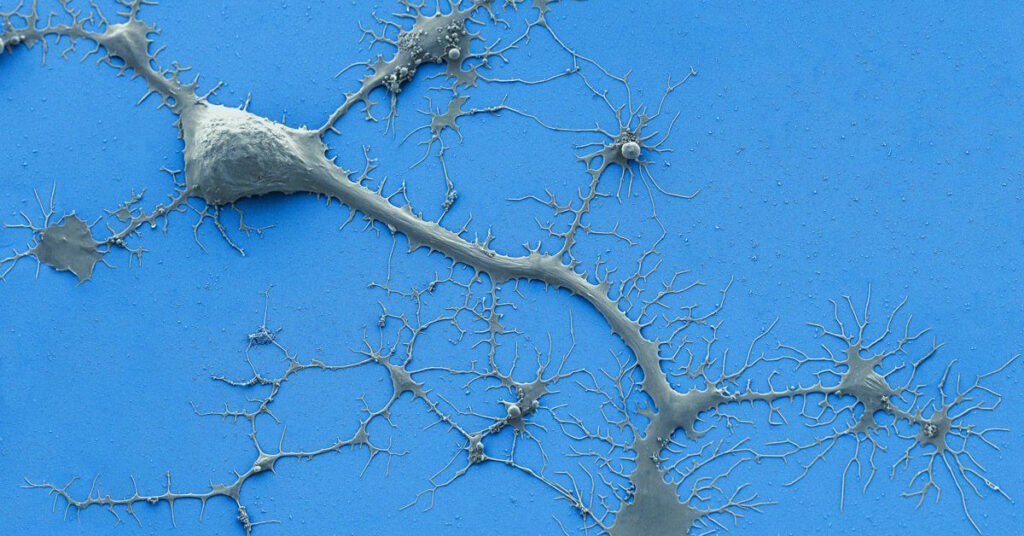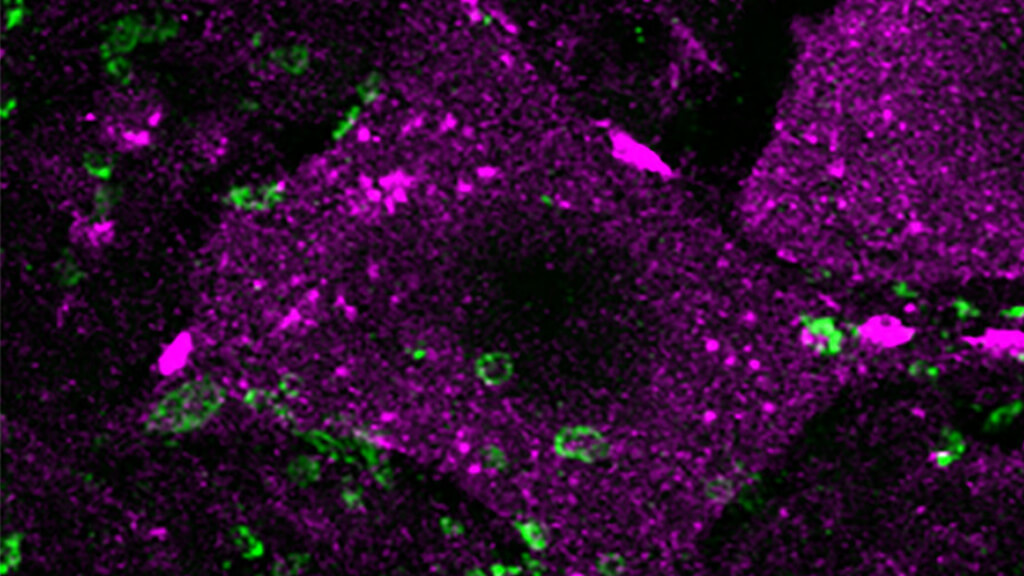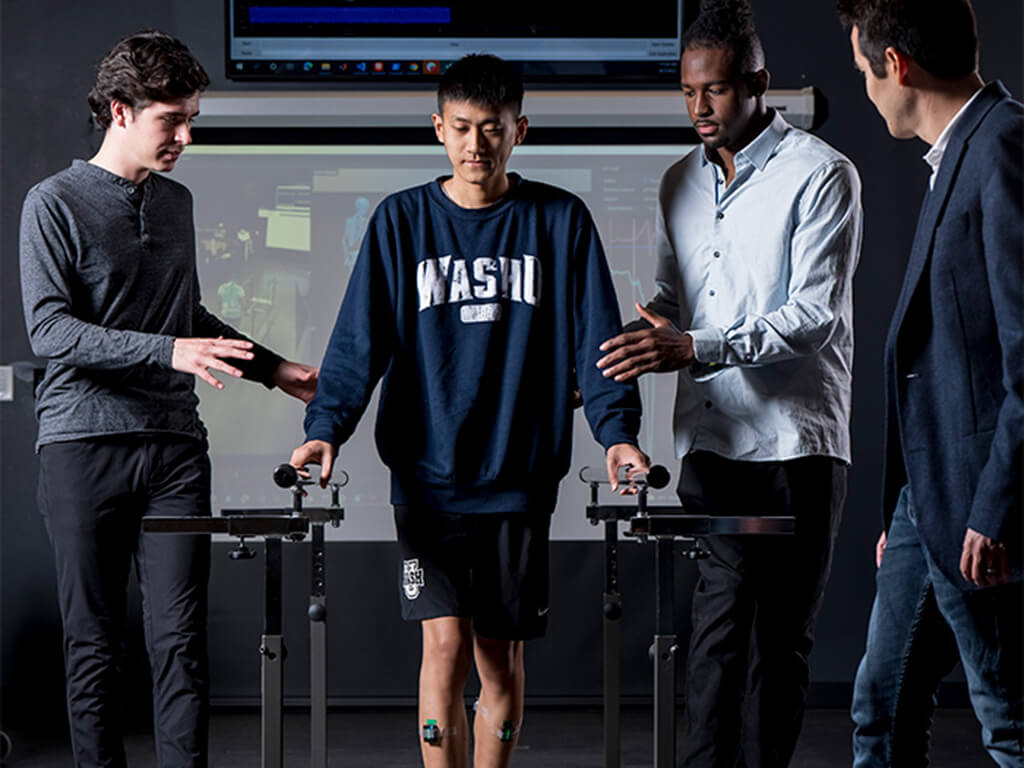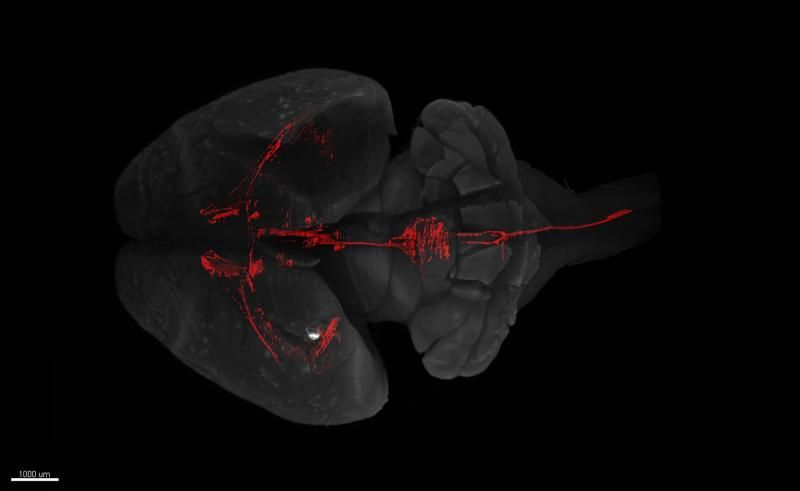Spinal Cord Injury News
A collection of posts on news, information and resources for those with spinal cord injuries.
Stem Cell Grafts and Rehabilitation Combined Boost Spinal Cord Injury Results

In animal models, researchers found that intensive physical therapy in tandem with implanted neural stem cells increased tissue growth, repair, and functionality more than those treatments alone.
In recent years, researchers have made measurable progress, using animal models, to promote tissue regeneration in spinal cord injuries (SCI) through implanted neural stem cells or grafts. Other efforts have shown that intensive physical rehabilitation can improve function after SCI by promoting greater or new roles for undamaged or spared cells and neural circuits.
Read more of Stem Cell Grafts and Rehabilitation Combined Boost Spinal Cord Injury Results »
Posted in Research for a Cure on October 29th, 2022.
Tagged: nerve regeneration, stem cells
Epigenetic Treatment in Mice Improves Spinal Cord Regeneration After Injury

New Imperial-led research shows that weekly epigenetic treatment in mice can support spinal cord regeneration after severe injury.
Read more of Epigenetic Treatment in Mice Improves Spinal Cord Regeneration After Injury »
Posted in Research for a Cure on September 22nd, 2022.
Restoring Movement After Spinal Cord Injury Focus of New Research

People with spinal cord injuries often experience life-long movement impairment or paralysis, for which there is no cure. When coupled with rehabilitative exercise, electrical spinal cord stimulation can help restore some movement, though the mechanisms of how the nerves in the spinal cord recover are unknown.
Read more of Restoring Movement After Spinal Cord Injury Focus of New Research »
Posted in Research for a Cure on September 7th, 2022.
Untapped Potential of Stem Cells Could Aid Repair of Spinal Cord Damage
Scientists at the Francis Crick Institute have identified a group of latent stem cells that respond to injury in the central nervous system of mice. If a similar type of cell exists in humans, they could offer a new therapeutic approach to treat brain and spinal cord injuries.

After disease or injury, stem cells help repair the damage by replacing cells that have died. In some organs, like the skin and intestine, these stem cells are constantly active, while in others, so called ‘latent stem cells’ lie waiting for harm to occur before being triggered into action.
Read more of Untapped Potential of Stem Cells Could Aid Repair of Spinal Cord Damage »
Posted in Research for a Cure on August 23rd, 2022.
Breakthrough Treatment Developed to Help Spinal Cord Injuries
A team of researchers in Switzerland have developed a breakthrough technology that could assist in a cure for paraplegia.
Posted in Research for a Cure on August 15th, 2022.
